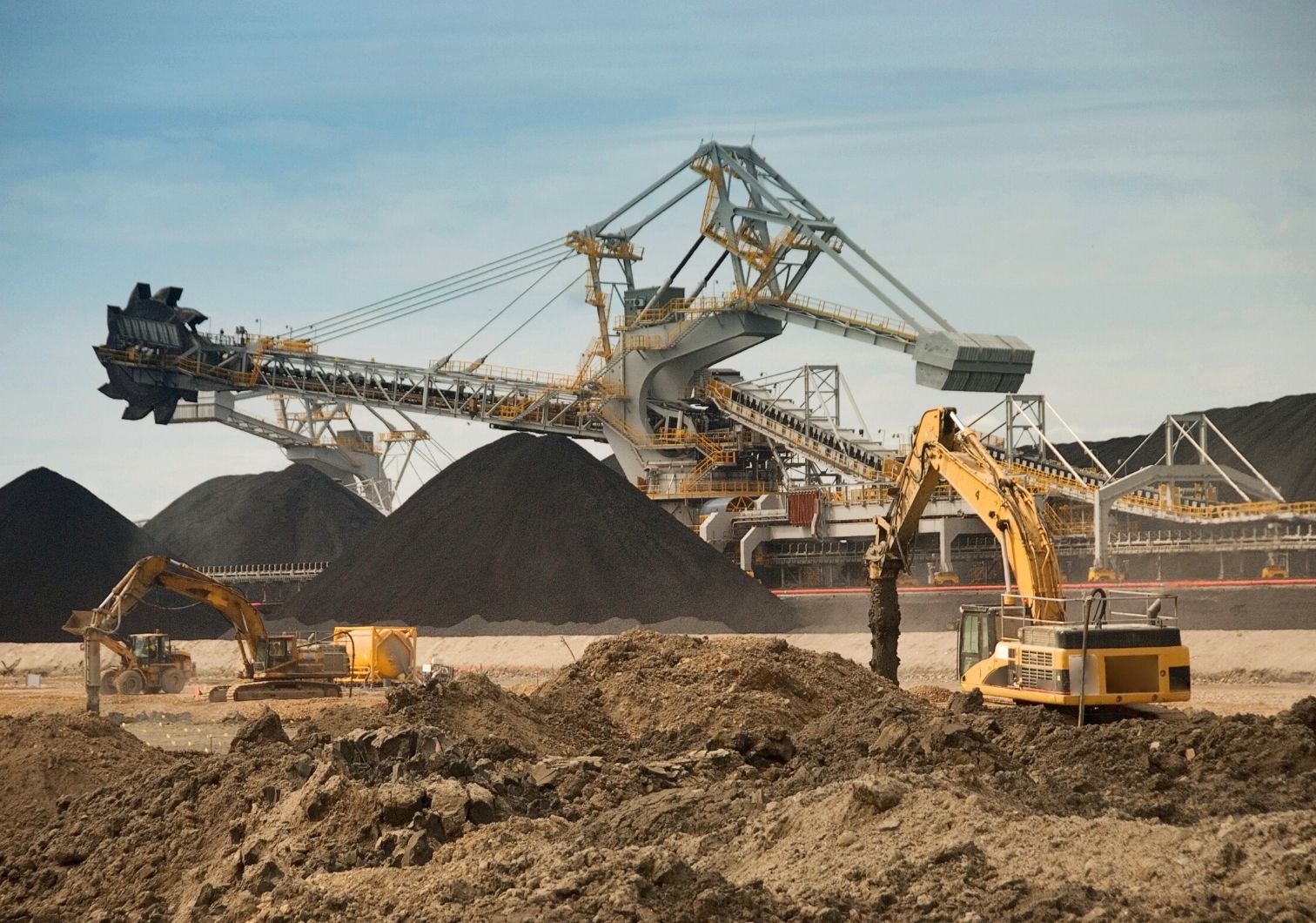Overland Conveyors Can Be Fun For Anyone
Table of ContentsOverland Conveyors Can Be Fun For EveryoneFacts About Overland Conveyors RevealedSome Known Facts About Overland Conveyors.Getting The Overland Conveyors To Work4 Simple Techniques For Overland Conveyors
Industrial conveyor systems can be found practically anywhere almost all production and also processing markets require a risk-free, reputable, automatic method of transferring materials or products from one location to one more within the very same manufacturing center. It does not matter if the product concerned is ground coffee or a car framework product managing systems are a vital part of manufacturing. These will certainly determine what sort of communicating is ideal suited for your production procedures. Each conveyor comes with its own collection of pros as well as cons that you must carefully take into consideration prior to making the decision. Here are 7 fundamental sorts of commercial conveyors as well as what you can anticipate from them.At the exact same time, if material stability is not of significance (such as in transferring waste), augers have couple of relocating parts and are easy to keep as well as clean. The foundation of an aero-mechanical system is the generation of a centrifugal force. This sort of conveyor consists of a tube (usually made from steel) with an internally circulating rope.

Not known Facts About Overland Conveyors
You can see them at flight terminals, carrying luggage, at dining establishments, moving food (particularly sushi dining establishments), at ski centers, delivering individuals and also their ski tools, as well as much more. A belt conveyor can be confined to stop contamination as well as loss of material, yet also be open if it belongs to setting up lines.
As their name recommends, chain conveyors make use of an unlimited chain to transfer product down a manufacturing line. The chain runs over sprockets at each end of the line, as well as it can have special attachments. The most usual application for chain conveyors is the motion of hefty lots large products that are really vast or long (or both), such as commercial containers, grid boxes, as well as pallets.
They are also not appropriate for bulk products due to the fact that food and comparable materials can collect in the chains and also come to be a reproduction ground for microorganisms. Cable conveyor systems are excellent for protecting product integrity and also decreasing straight call with food products, particularly in tubular wire conveyors. These systems relocate material with a secured tube with the help of a flexible, covered stainless-steel drag cord.
6 Easy Facts About Overland Conveyors Shown
Cable television conveyors can move product in any type of instructions you require vertically, flat, at angles, as well as around edges. They have reduced energy expenses since they run on motors of click site 7. 5HP or less. These systems are likewise fairly very easy to maintain because they have removable conveyor elements. The core function of tubular cable television conveyors is that they are unbelievably gentle on the products.
Take into account the dimension and also elevation of the system contrasted to the floor area of your facility, as well as the kind of product you wish to be shared. Is it a delicate, powdered material? Loosened product? What is its dampness web content? Are you carrying heavy loads and large items? Upkeep and cleansing expenses, as well as possible downtime for each, need to be taken into consideration.
Intro The full overview to conveyor systems on the internet. Conveyor System Demands Kinds of Conveyor Solutions Just How Does a Conveyor System Work?
Overland Conveyors Can Be Fun For Anyone

Lots Capability: Once the system has been outlined and also provided a pattern, it has actually to be identified what will certainly be the amount of materials it can lug. Overwhelming a system can damage it or create it to drop in the midst of its procedure. Elements that influence the tons capacity are total length and bed width along with the drive system.
The average speed of a lot of communicating systems is 65 fpm, which is just how quick an individual moves when bring a 50 lb. plan. Though that is the standard, the speed can be decreased or elevated to fit the application. Powder or Fluid Product Handling: Powdered product handling has a various collection of specifications from sharing systems that manage strong bulky products.
Indicators on Overland Conveyors You Need To Know
Motion of powdered, granular, as well as chip type products can have dirt develop, which is considered navigate to this site in system style as well as might demand some form of filtering. Similar to various other communicating systems, a mindful exam of the features of the product is required - Overland Conveyors. Arrangement: Sharing systems been available in a wide array of forms, layouts, dimensions, and also kinds.

Considering that each system is developed to fit a special application, it would be impossible to cover every one of the different setups. What is important to comprehend is that there are extremely few limitations on including a conveying system, despite the application. Drive System: The drive of an automated conveying system is the power that moves products.
They can be designed to relocate products in both directions and be found between, end, or beginning of the system. Overhead systems, though they have comparable drives, have ones that might be chain or gear driven. Liquids, granular materials, and also powders may have communicating systems that utilize pneumatically-driven power or screw drives.